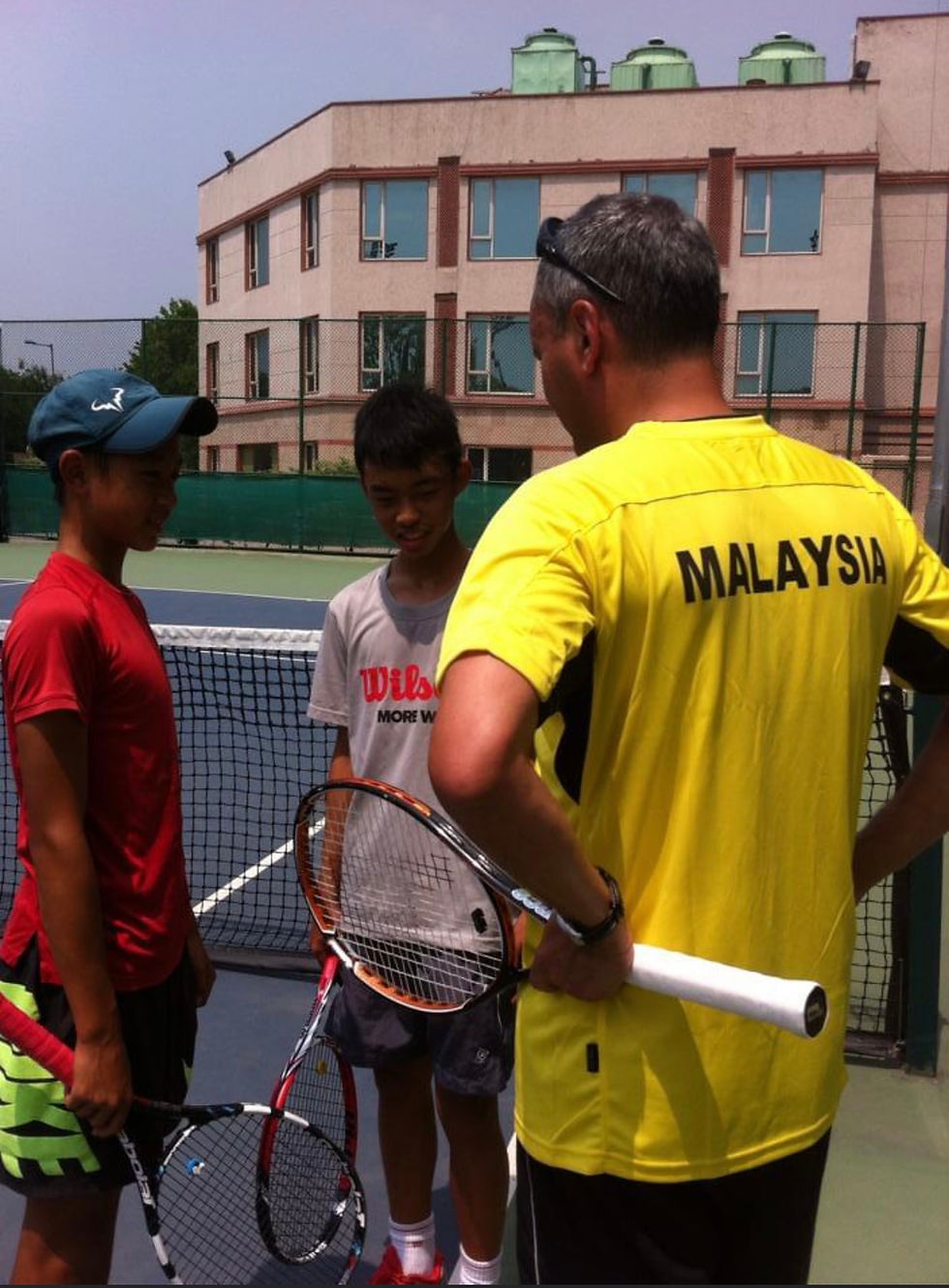What Is The Quality Of Your Tennis Training?
- Eric Pietersz

- Mar 31
- 3 min read

Wouldn’t you want to maximize the return on the investment of your time and energy?
At school, wouldn’t you want to know that you are using every hour afforded to you to maximize learning? As a tennis player, wouldn’t you want your training to bring about the maximum results?
I have been both a schoolteacher and a tennis coach and I can tell you that too often we do not maximize the return on our educational time. In business, they call this a return on investment (ROI). In tennis I call this ROT: Our Return On Training, and too often it is far too low.
As a former schoolteacher, I know that we have constructed schools that have very little to do with the natural learning process and much to do with child management. Anyone who has attended a faculty meeting knows exactly what I'm talking about.
As a tennis coach, I can tell you that too many practices are nothing close to efficient. So many wasted hours.
A player can learn a lot in that amount of time. Not minutes we want to throw away with ineffective programming, no?
Decision Making
Let’s start to solve this together.
If you must select from the following list what is most needed in a tennis match?
What activity would you choose?
-Consistency in baseline rallies
-Good backswing forehand and backhand
-Being able to play cross-court rallies
-No double faults with the serve
-Hitting every ball in front of your body
-Decision making
11% of the time of a tennis match, is real playing time. The rest of the time is used to pick up balls, to change sides, to have a break during the side change, etc.
100% of the time players are making decisions.
During a match, players are always making decisions about where to stand, which direction to hit the ball, how to defend, when to approach the net, what to think between the points, etc.
They are managing time, space, and mindset. So, if decision-making and the expression of those decisions are of the highest demand, are we developing that skill?
Decision-making can be taught and it must be practiced.
Any parent knows that this comes with the territory of raising a child. If we deprive them of the opportunities to make decisions as they mature, we send them into the world ill-prepared. So, it's the same in the world of tennis.
Next Steps
Go out to practice today and observe. Ask yourself as you watch your child train today if they are making decisions or following the rules.
Example One
A player who is told to play only cross-court, and not make mistakes, is NOT making a decision. They are obeying the rules.
Example Two
If a player is required to perceive his environment, conceive of options to solve the scenarios he faces, and then choose to execute his decision, he is making decisions and exponentially developing his ability to play the game.
Solutions
I have said before that we should throw away most of our drills and start all over again.
Design training that demands decision-making and be prepared for a lot of poor decisions until our players master the skill of selecting the best options. We are not giving them complete freedom, but we are giving them the authority to play the game with intelligence and show that they are worthy of our trust.
We tennis coaches must prioritize learning rather than teaching.
Justifying our training with tournament wins and local trophies is no justification at all. We are educators. We are only as good as the skills gained by our players. In the case of junior players, nothing else makes us worthy of the trust of the parents who entrust us with their children.
So, the next time you think about your own school experience, ask yourself how much time of all the years you spent in the school system was of tremendous value. How much time was wasted on low-return activities?
We call this cognitive development, and it is the centerpiece of every training activity we must carry out. In the end, we want our players to make decisions on their own and to be capable, competent, and responsible athletes.
So, perhaps it is time to check your ROT: Return on Training. If your program is engaging players in a dynamic process that requires them to think on their own, then you are on the right track.


It is clear, purposeful guidance based on exercise physiology, anatomy and physics.